5 Back-to-School Safety Tips During COVID-19
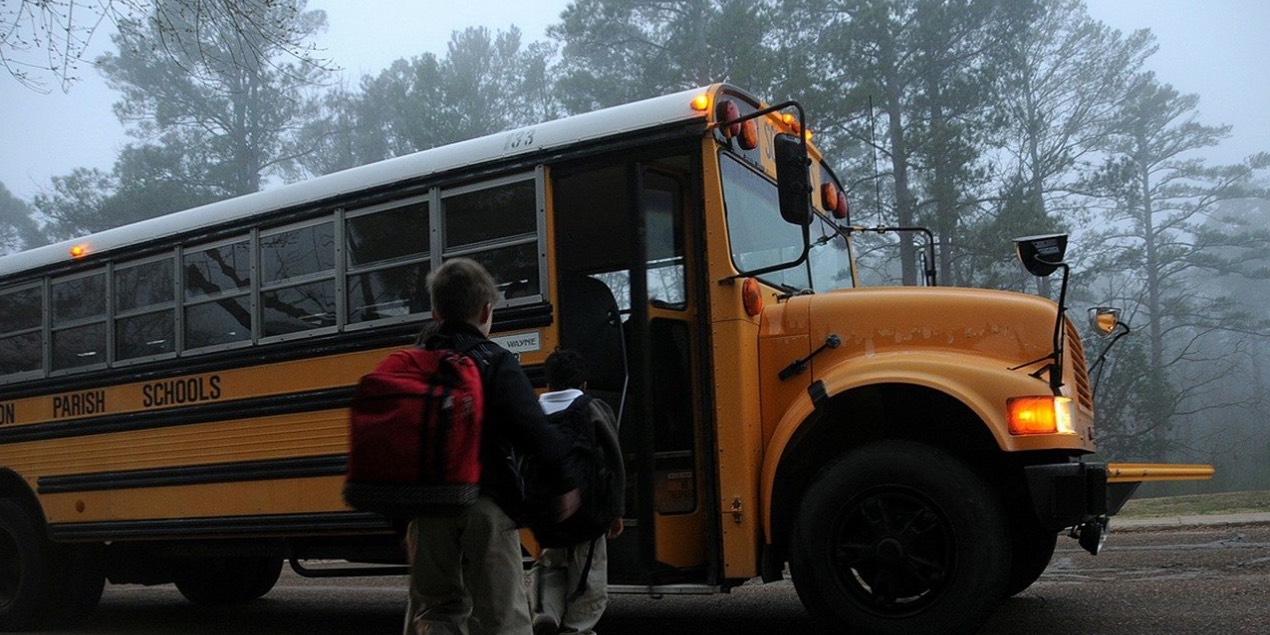
Returning to school after COVID brings contrasting feelings for students around the world. Although there is excitement, there is also nervousness and hesitation with the virus still infecting numerous people every day. Whether you’re a parent or student, safety should be your top priority and you should do everything to make sure you stay healthy at all times. Here are five back-to-school safety tips during COVID-19:
- Tips to Stay Healthy and Productive During the COVID-19 Pandemic
- Benefits of Getting a COVID Vaccine
1. Get vaccinated
Contrary to what the naysayers and conspiracy theorists say, vaccines work. Numerous studies have already shown that all COVID-19 vaccines provide significant protection against different variants of the virus. With most schools holding their first day of face-to-face classes in more than a year, getting yourself and your child vaccinated should be your top priority. It should no longer be up for debate especially with the numerous people you encounter on a daily basis and also if you want family time to be uninterrupted.
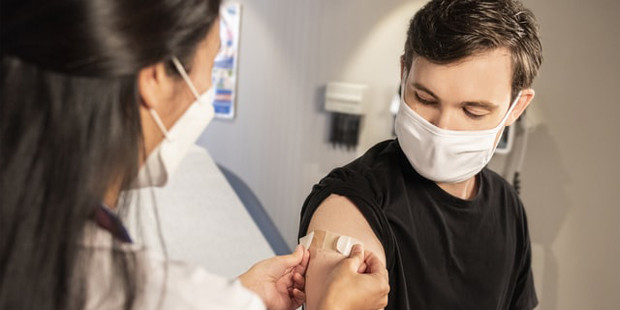
Pfizer and BioNTech have indicated that their joint COVID vaccine is safe for vulnerable children aged five to 11. Specifically, one-third of the dose for adolescents and adults is allowed according to a new study from the two biotechnology companies. Although children are less likely to get infected, cases of COVID-19 in children in the United States have jumped more than 200% since July 2021— all the more get your child vaccinated at the soonest time possible.
2. Wear a mask
Face masks have also sparked massive debates regarding their efficacy. But much like vaccines, studies have also cited that masks paired with other preventive measures such as getting the flu vaccine and frequent hand washing can stop transmission significantly. The World Health Organization (WHO) has recommended the use of masks both indoors and outdoors since the pandemic erupted in early 2020.
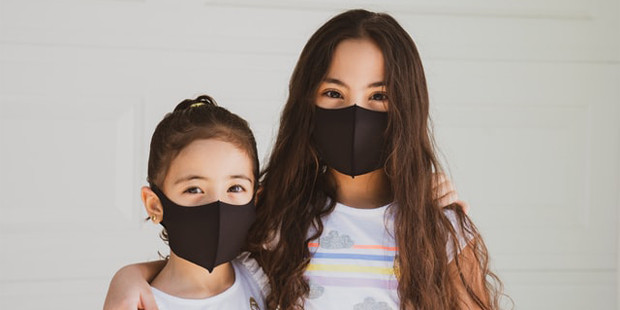
When using single-use surgical masks, make sure to replace them every few hours (around four hours after use) as the mask’s filtering properties lose their effectiveness over time. Have a separate mask ready for yourself and your kids. Insert the masks in your children’s bags and inform them to replace the masks after four hours. As for cloth masks, they can be worn the entire day and are also reusable but the lack of filters makes them ineffective against airborne diseases. Some cloth masks do have extra filters inserted so consider this option when switching between cloth and surgical masks.
3. Clean and disinfect
Whether you’re picking up your child or attending school yourself, the importance of cleaning and disinfecting can’t be stressed enough. You’ll be coming in contact with students and other school personnel eight hours a day, five days a week; so it’s best to keep yourself away from the virus by practicing hygiene every day. Remember that the more people you get in contact with, the higher the chances you get infected.
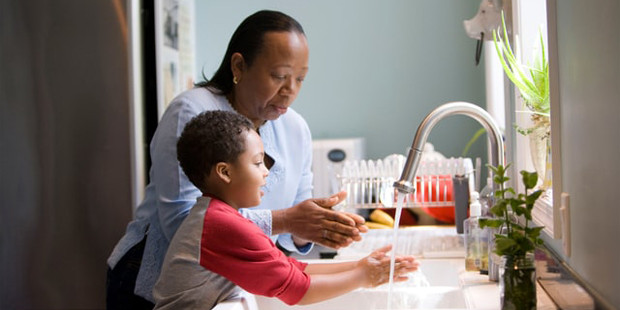
With the cold months (with the accompanying flu season) coming up, taking a bath may seem like a chore due to the freezing temperatures. But with the world struggling to cope with a pandemic, it’s better to be safe than go to a hospital. Start and end your day with a trip to the bathroom and regularly keep your hands' clean while outside. Tell your kids to follow the same routine and inform them that the routine helps fight and protects them from the virus. You can also pack in some hand sanitizers which can be used any time during the day.
4. Schedule an annual wellness exam
Schools usually require students for a physical or wellness exam before classes start. The presence of COVID-19 has only made the exams mandatory. You shouldn’t worry about these exams if you’re an adult but it can be a very uneasy experience for children. If you have kids or younger siblings, tell them that there’s nothing to worry about to help them lower anxiety levels.
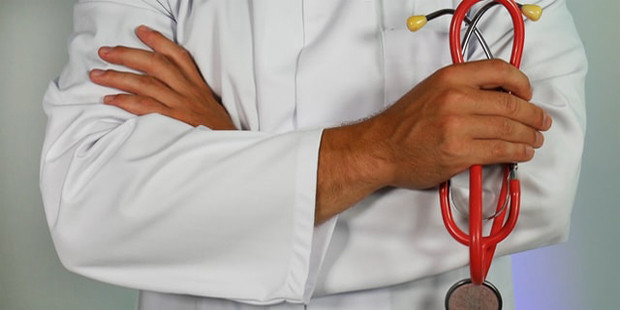
Physical exams last around 15 minutes which shouldn’t become a major cause of concern for your kid. You should always accompany them when they already have a schedule with a healthcare provider. These exams involve examining the child’s nose, ears, throat, and lymph nodes with the medical practitioner also checking the neck, arms, legs, and feet for possible abnormalities. Depending on the child’s age, some exams also include immunizations and blood tests.
5. Stay home if sick
Gone are the days when you can go outside despite feeling under the weather. With COVID-19 displaying the same symptoms as the common cold, it’s better to stay at home and monitor your condition for the next few days. Once you feel well, it’s time to resume your regular activities. Children are also very susceptible to bacteria and viruses, so make sure to keep them inside your home until they get healthy.

Although safety precautions at school (e.g. daily temperature readings) have mostly become mandatory, it’s not enough to check if someone has COVID or not. Some common Coronavirus symptoms include fever, cough, runny taste, loss of taste or smell, fatigue, and headache; very similar to the symptoms of common flu. Discourage your sick child from going to school if they possess any of the symptoms and get tested if the symptoms get worse within the next two or three days. You shouldn't worry about catching up with school work as instructors always give considerations to sick students; an excuse letter with a medical certificate should suffice.
In closing
With COVID still infecting people every day, it’s best to keep everyone in your household safe, particularly the children who are about to return to face-to-face classes. With the five tips listed above, you’ll manage to do that and also ensure your children still maximize their learning.









